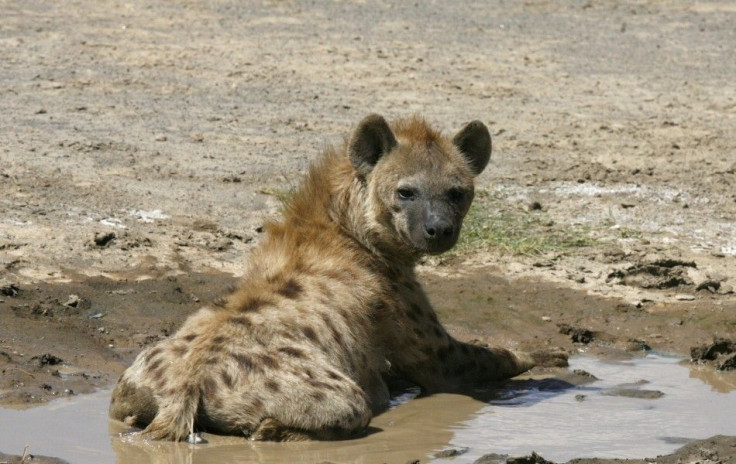Bone-Crushing Prehistoric Hyenas Lived In The Freezing Arctic During The Last Ice Age

Its not surprising that hyenas, the great scavengers, also lived in the prehistoric era and that too in the freezing Arctic millions of years ago during the last Ice Age. Those prehistoric scavengers hunted horses and caribous and feasted on mammoth carcasses.
A new study, published in the journal Open Quaternary is based on two fossil teeth of cursorial hyenas ( Chasmaporthetes -- the ancestors of today's hyenas), that were discovered in the 1970s on the banks of the Old Crow River in Canada. The study said the two teeth were identified among over 50,000 known fossils of mammal species recovered from over a century of collecting in the Old Crow Basin.
Hyena fossils have been found in Europe, Asia and Africa. This is the first time that a study indicates that the scavengers also lived and survived in the cold regions, especially in the Arctic. Paleontologists have described the prehistoric Arctic hyena as wolf-like.
The study’s lead author, Jack Tseng who is a paleontologist, believes that ancient hyenas traveled from Asia to North America through a land bridge, then headed down south. Tseng said the new fossils are the "first evidence" that they have in regards to ancient hyenas in Beringia, which once connected Siberia and Alaska via a land bridge. “Based on what we know about the skull and limb skeleton of Chasmaporthetes in other fossil localities, we think this hyena was longer-legged, with a much less-sloped back, and probably did not live in groups as large as living spotted hyenas do,” he said.
The researcher revealed that he was drawn to find more about this creature through years of discussions with Lars Werdelin and Grant Zazula, the co-authors of the study. Tsend said they worked like detectives, working and interpreting finds.
Zazula said the hyena arrived in North America before the grey wolves, lions, antelope and muskoxen. He said the hyena was neighbors with giant camels, horse, caribou and steppe mammoths. “Despite the moniker Ice Age, the time of Chasmaporthetes was on the green side. There were probably a few stunted spruce trees, with swathes of steppe-tundra grasslands with shrub birch and willows,” he explained.
The researchers concluded that hyenas successfully lived in the long, dark and cold Arctic winters, as they had been effective predators.
© Copyright IBTimes 2024. All rights reserved.





















